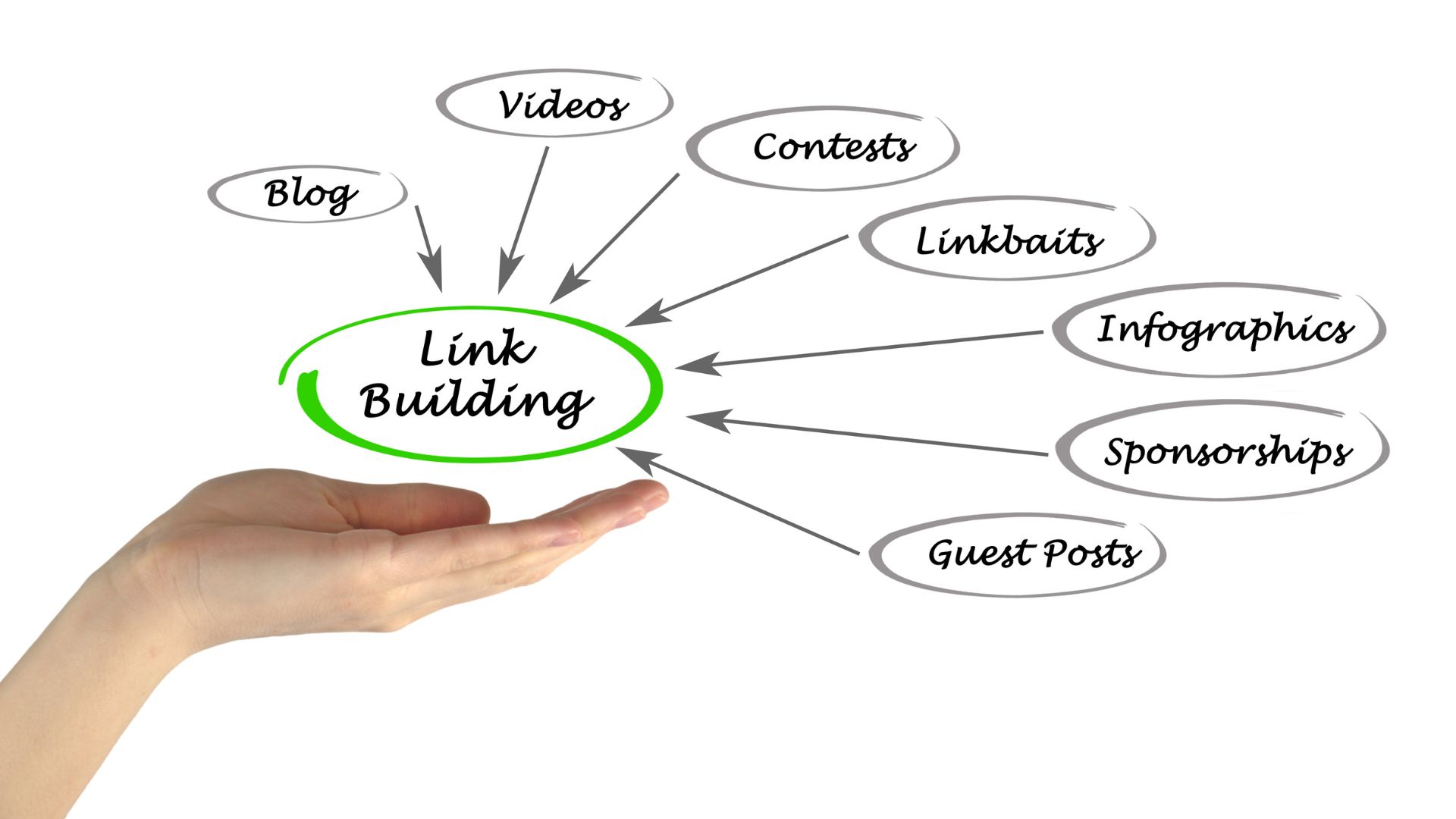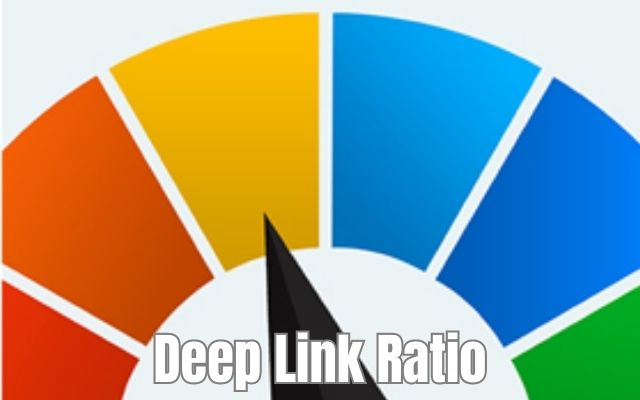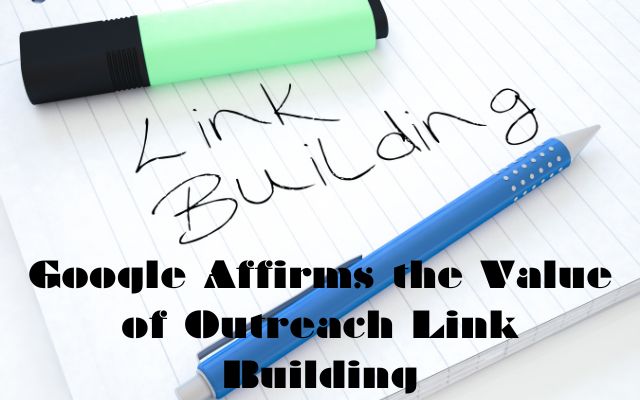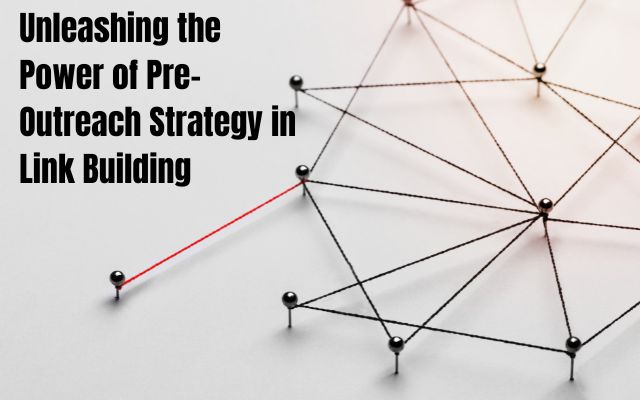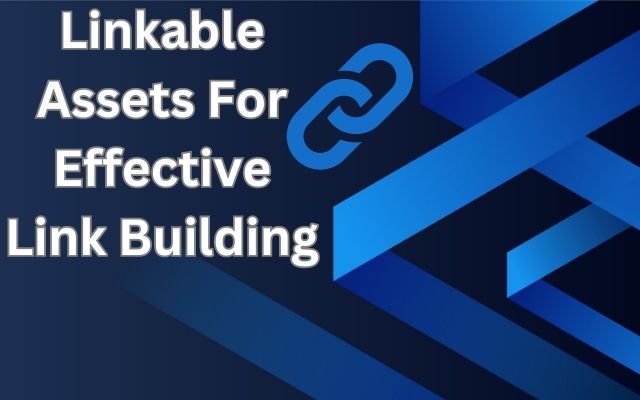How to Build Links for Bing vs. Google: A Comprehensive Guide

When devising your SEO strategy, consider the nuanced approach required to build links for Bing vs. Google, recognizing the subtle differences that can impact your search engine rankings.
Have you ever found yourself ranking high on Google but struggling to gain visibility on Bing? The nuances of link building for these two search engines can be perplexing, especially when you’ve invested time and effort in SEO strategies. While Google dominates the search engine scene, Bing is a significant player, holding its ground with a 10.05% share of the U.S. market. This article unravels the mysteries of link building for both Bing and Google, providing you with a strategy that caters to both platforms.
Understanding the Search Engine Landscape
Google, the undisputed search giant, commands a whopping 91.98% of the global market share. Its algorithm updates continually redefine the landscape of search and SEO. Some SEO professionals, captivated by Google’s supremacy, often overlook other search engines. However, relying solely on Google optimization may mean neglecting a considerable portion of your potential audience.
Bing, the second most popular search engine globally, powers Yahoo’s search since 2010. Together, they claim 4.21% of the global desktop search engine market and a noteworthy 10.05% of the U.S. market. The good news is that SEO techniques work similarly across both platforms. While the majority of your efforts may align, it’s crucial to acknowledge the distinct differences between Bing and Google, as these disparities can influence your rankings.
1. Link Quantity vs. Quality: A Delicate Balance
When it comes to link building, Google and Bing share common ground in valuing high-quality links. However, their emphasis on quantity versus quality differs significantly.
Google’s Quality-Centric Approach
Google, historically, has prioritized PageRank as a key ranking signal, considering it an indicator of a page’s importance based on incoming links. In recent times, Google has shifted focus, emphasizing the quality of links over quantity. A few authoritative, high-quality links now carry more weight than a multitude of links from low-quality sites.
Bing’s Quantity-Centric Perspective
On the other hand, Bing places a higher importance on link quantity, considering it a signal of popularity and trust. To enhance your Bing ranking, a more aggressive link-building approach may be beneficial. While maintaining link quality, focus on building a slightly higher volume of backlinks, with caution not to indulge in spammy or irrelevant linking practices.
How Many Links Are Enough?
- 73% of SEO professionals build between 1-20 new links per month for a balanced approach.
- 21% opt for a more aggressive strategy, building between 20-100 new links monthly, particularly effective for Bing.
Caution: It’s essential to strike a balance to avoid penalties. Google and Bing both frown upon link schemes, reciprocal links, and spammy paid links. Aim for no more than 20 backlinks monthly, emphasizing authoritative domains and sites, especially those with .gov, .edu, and .org extensions, which Bing values highly.
2. Navigating Anchor Text Diversity
Anchor text, the clickable text in a hyperlink, plays a pivotal role in search engine algorithms. Google and Bing diverge in their approach to anchor text optimization.
Google’s Cautious Approach
Google, post its 2012 Penguin update, penalizes sites with excessive exact-match anchor text. Over-optimization can lead to a decline in rankings. Diverse anchor text, including branded, naked links, partial matches, and generic terms, is encouraged.
Bing’s Keyword-Friendly Stance
In contrast, Bing actively encourages optimizing anchor text with targeted keywords. Approximately 10% more Bing sites feature keyword-rich anchor text in their top 30 results compared to Google. However, caution is advised to prevent over-optimization, which might adversely affect your Google rankings.
Strategies for Anchor Text Optimization:
- Gradually increase keyword-rich anchor text within Google’s acceptable margins.
- Analyze competitor link profiles for a balanced approach that works across both Google and Bing.
3. Harnessing the Power of Social Media
Social media signals play a notable role in Bing’s algorithm, influencing site rankings positively. Bing acknowledges the impact of social influence, where influential figures sharing your content can result in positive signals. Leveraging social media for link building aligns with modern SEO practices and has shown significant efficiency.
Social Media Strategies for Link Building:
- Include links in your social media profiles (88% of SEO professionals adopt this strategy).
- Share your content on social media platforms (81% engagement).
- Create viral campaigns, such as contests, to encourage sharing (53% adoption).
Utilizing software to identify influencers in your niche allows you to target key figures. Reach out to them when you produce high-quality content, asking for shares. Original data and research, as highlighted by our poll, is an effective content type for link building.
Don’t overlook the potential of video content. While YouTube is a prominent platform, hosting videos natively and encouraging links to your website rather than YouTube can enhance your link-building efforts.
Read also:
- Building Authority: Going Beyond Link Building
- Unleashing the Power of Pre-Outreach Strategy in Link Building
Conclusion: Prioritizing Content for Sustainable Link Building
In the pursuit of optimizing for Bing and Google, it’s crucial to avoid sabotaging your Google SEO while building links for Bing. Exclusive link building for Bing may seem tempting, but it’s counterproductive if it adversely impacts your Google rankings.
Instead of fixating on a particular search engine, prioritize creating link-worthy content. Bing emphasizes the importance of clear, deep, and easily navigable content. Focus on engaging your audience with rich and valuable information.
Link building isn’t about exploiting algorithms but building mutual trust. Offer content that resonates with your audience, and the links will follow. As Bruce Clay aptly puts it, “You have to use the right bait and fish where the fish are.” In the realm of link building, creating valuable content is the bait, and understanding your audience is fishing where the fish are.


